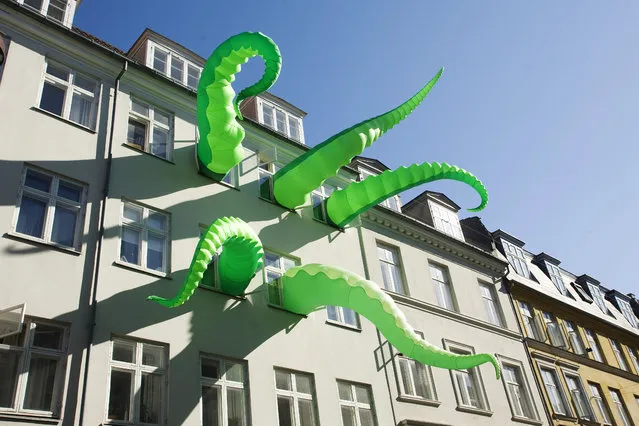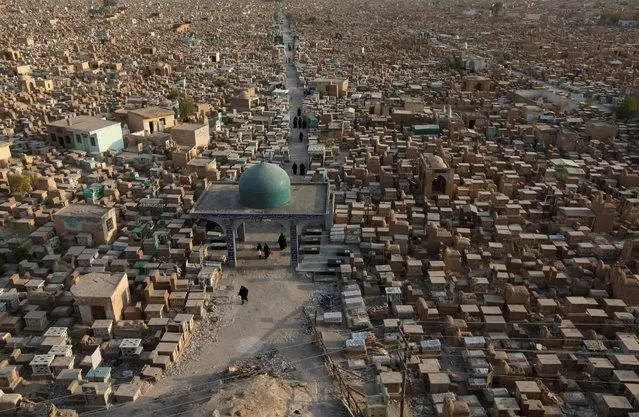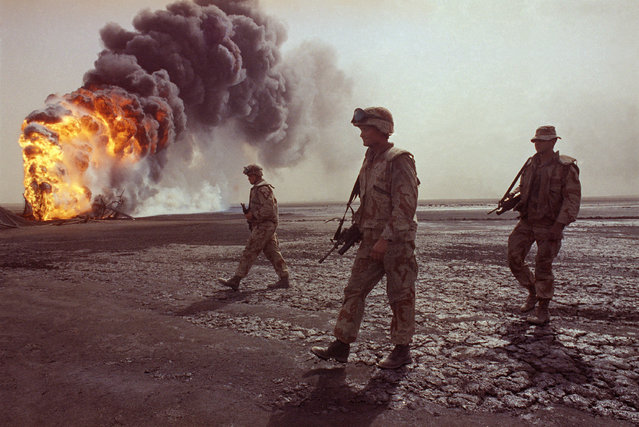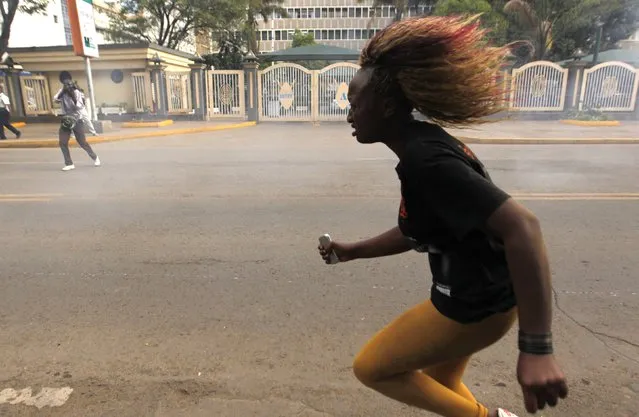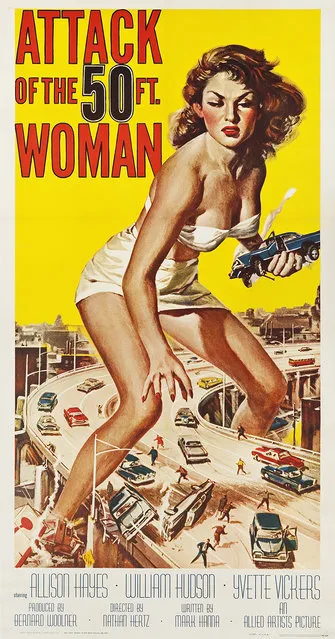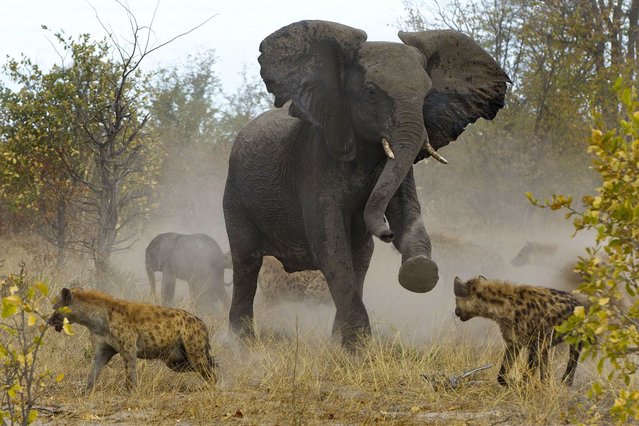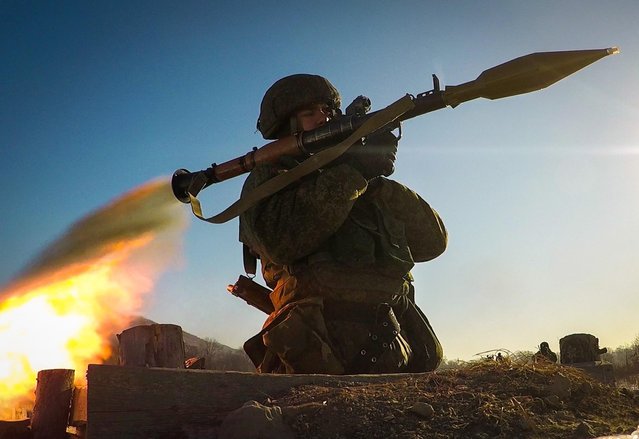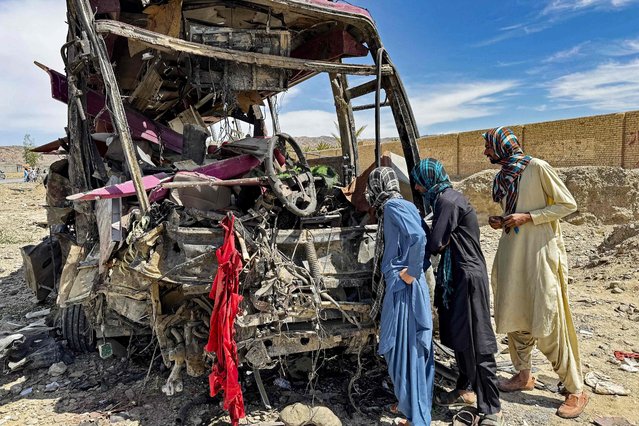
Bystanders look at the wreckage of a bus in Noshki town of Balochistan province on March 17, 2025, a day after an explosives laden car hit one of the seven buses of a convoy, a bombing carried out allegedly by the separatist group Baloch Liberation Army (BLA). Separatists in southwest Pakistan killed at least five paramilitaries and wounded more than 30 on March 16, police told AFP, days after an attack on a train in Balochistan province left dozens dead. (Photo by AFP Photo)
12 May 2025 03:52:00,post received
0 comments

